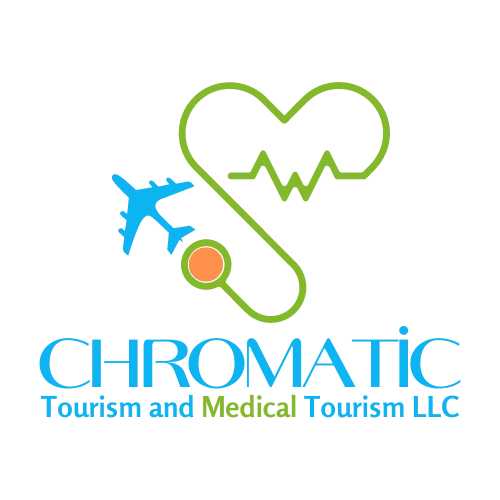Cardiac rehabilitation (cardiac rehab) is a medically supervised program designed to help individuals recover from heart-related conditions, such as heart attacks, heart surgery, or heart failure. It combines exercise, education, and counseling to improve cardiovascular health, reduce the risk of future heart problems, and enhance overall quality of life. In this blog post, we’ll explore the importance of cardiac rehabilitation, its key components, and how it benefits patients on their journey to recovery.
1. The Importance of Cardiac Rehabilitation
Cardiac rehabilitation is a critical component of recovery for patients with heart disease. It offers numerous benefits, including:
- Improved Physical Fitness: Helps patients regain strength and endurance.
- Reduced Risk of Future Heart Problems: Lowers the likelihood of recurrent heart attacks or hospitalizations.
- Better Mental Health: Reduces anxiety, depression, and stress associated with heart disease.
- Lifestyle Changes: Encourages healthy habits like regular exercise, a balanced diet, and smoking cessation.
Despite its proven benefits, cardiac rehab is underutilized, with only a fraction of eligible patients participating in these programs.
2. Components of Cardiac Rehabilitation Programs
Cardiac rehab is a comprehensive program that typically includes the following components:
a. Exercise Training
- Supervised Exercise: Tailored exercise plans designed to improve cardiovascular fitness, strength, and flexibility.
- Aerobic Activities: Walking, cycling, or swimming to enhance heart and lung function.
- Strength Training: Light resistance exercises to build muscle and improve overall fitness.
- Monitoring: Heart rate, blood pressure, and symptoms are closely monitored during sessions.
b. Education and Counseling
- Heart-Healthy Nutrition: Guidance on adopting a diet low in saturated fats, cholesterol, and sodium.
- Medication Management: Understanding the purpose and proper use of prescribed medications.
- Risk Factor Modification: Strategies to manage conditions like hypertension, diabetes, and high cholesterol.
- Stress Management: Techniques such as mindfulness, meditation, or yoga to reduce stress.
c. Psychological Support
- Counseling: Addressing emotional challenges like anxiety, depression, or fear of another cardiac event.
- Support Groups: Connecting with others who have similar experiences to share advice and encouragement.
3. Who Can Benefit from Cardiac Rehabilitation?
Cardiac rehab is recommended for individuals who have experienced:
- Heart Attack (Myocardial Infarction): To aid recovery and prevent future events.
- Heart Surgery: Such as coronary artery bypass grafting (CABG) or valve replacement.
- Heart Failure: To improve symptoms and quality of life.
- Stable Angina: To reduce symptoms and improve exercise tolerance.
- Percutaneous Coronary Intervention (PCI): Such as angioplasty or stenting.
It is also beneficial for individuals with peripheral artery disease (PAD) or those at high risk for heart disease.
4. The Phases of Cardiac Rehabilitation
Cardiac rehab typically occurs in three phases:
a. Phase 1: Inpatient Rehabilitation
- Begins in the hospital shortly after a cardiac event or surgery.
- Focuses on gentle mobilization, education, and emotional support.
b. Phase 2: Outpatient Rehabilitation
- A structured program lasting 6–12 weeks, usually conducted in a rehab center.
- Includes supervised exercise, education, and counseling.
c. Phase 3: Maintenance
- A long-term program to sustain the benefits gained during Phase 2.
- Often involves community-based exercise programs or home-based routines.
5. The Role of Exercise in Cardiac Rehabilitation
Exercise is a cornerstone of cardiac rehab, offering numerous benefits:
- Improved Heart Function: Strengthens the heart muscle and improves circulation.
- Weight Management: Helps maintain a healthy weight, reducing strain on the heart.
- Lower Blood Pressure and Cholesterol: Reduces risk factors for heart disease.
- Enhanced Mood: Releases endorphins, which improve mental well-being.
Exercise plans are tailored to each patient’s abilities and medical condition, ensuring safety and effectiveness.
6. Overcoming Barriers to Participation
Despite its benefits, many patients face barriers to participating in cardiac rehab, including:
- Lack of Awareness: Some patients and healthcare providers are unaware of the program’s benefits.
- Access Issues: Limited availability of programs in rural or underserved areas.
- Cost: Insurance coverage may vary, though many plans cover cardiac rehab.
- Motivation: Fear, anxiety, or lack of confidence can deter participation.
Efforts to address these barriers include telehealth options, community outreach, and patient education.
7. Innovations in Cardiac Rehabilitation
Advances in technology and healthcare delivery are transforming cardiac rehab:
- Telehealth Programs: Remote monitoring and virtual sessions make rehab more accessible.
- Wearable Devices: Track heart rate, activity levels, and progress in real-time.
- Personalized Plans: Tailored programs based on genetic, lifestyle, and medical data.
- Group-Based Programs: Foster camaraderie and motivation among participants.
Conclusion
Cardiac rehabilitation is a powerful tool for improving heart health, enhancing quality of life, and reducing the risk of future cardiac events. By combining exercise, education, and emotional support, it empowers patients to take control of their health and build a stronger, healthier future. If you or a loved one are recovering from a heart condition, ask your healthcare provider about cardiac rehab programs in your area. With commitment and support, you can achieve lasting benefits and enjoy a fuller, more active life.


